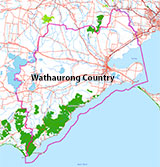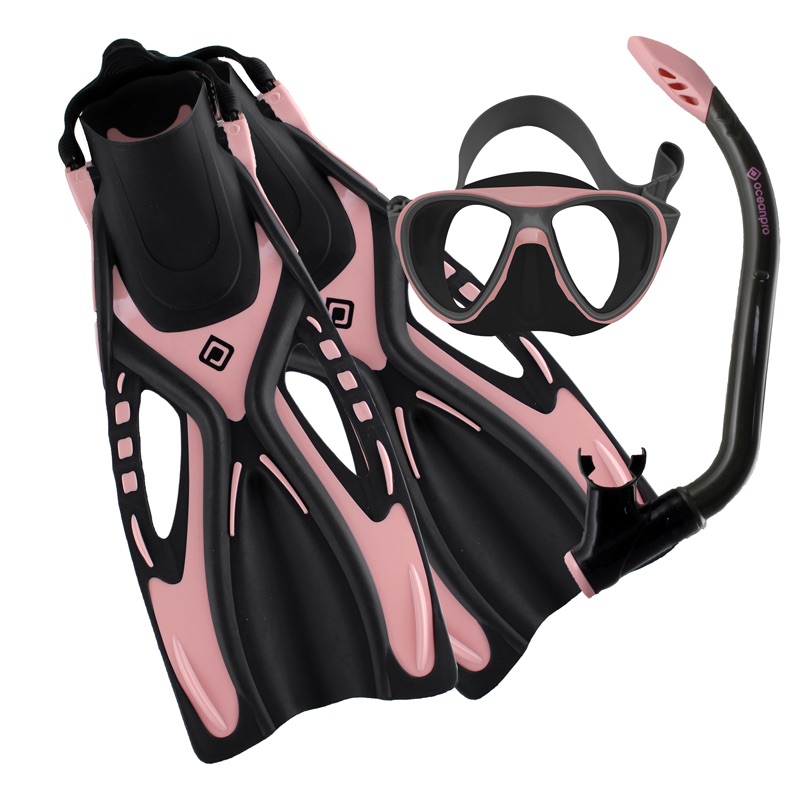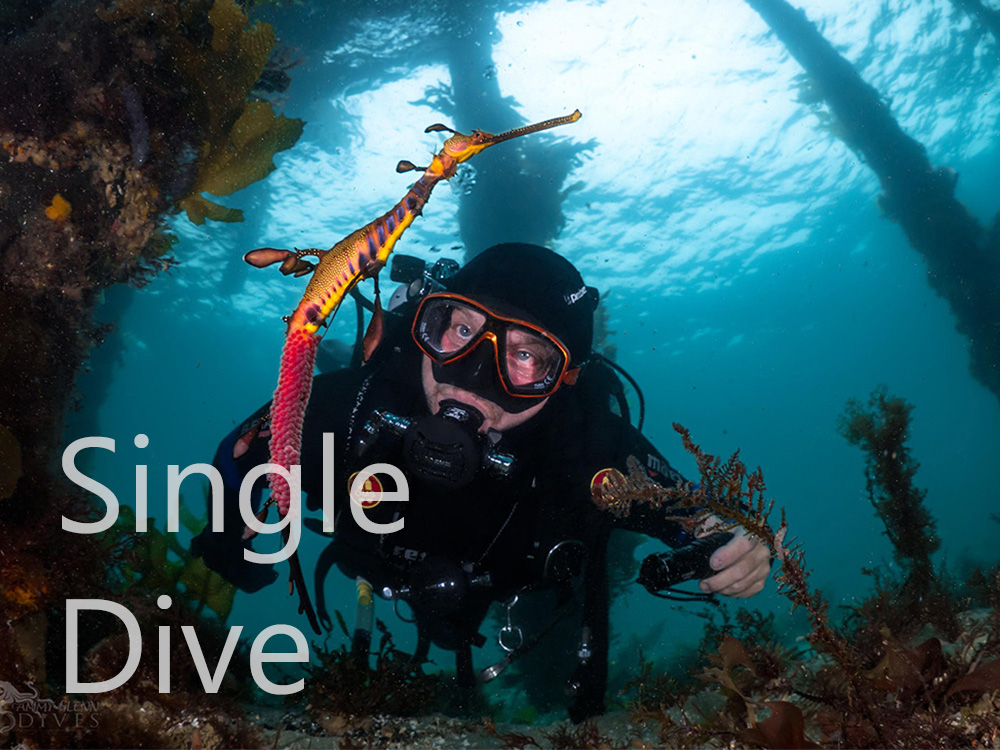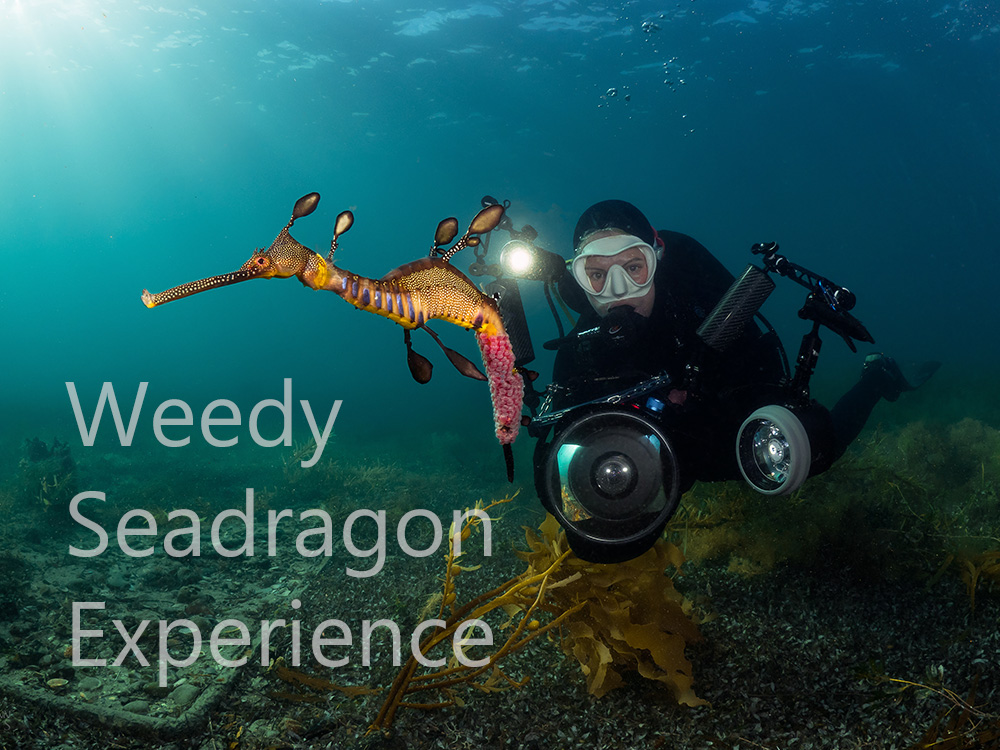Navigation
The Full Foot fin, or sometimes called closed heel or slipper style, is one that is worn barefoot and is much the same as putting on a regular slip-on shoe. Full foot fins are usually designated for warm water use such as in the tropics. This design offers no thermal insulation for the feet which is why it is also referred to as a warm water design.
With respect to sizing, the full foot heel does not have any adjustments so the range of feet that it fits is less than that of open heel fin styles. Those people with wider feet may also have issues with the full foot styling as the foot pockets are built to accommodate widths that are most common for the length of the foot of each size offered. People with high arches may find issue with the full foot design, due to the part of the pocket that covers the top of the foot which is, again, designed for the average foot. The pocket may cause stress by pushing downward making the fit uncomfortable.
Need more information? Then please check out our Snorkelling Fins Buying Guide.
Cunningham Pier, Geelong
![]() Pier Dive |
Pier Dive | ![]() Shore access
Shore access
![]()
![]()
![]()
![]()
Depth: 3 m (9.84 ft) to 10 m (33 ft)
Level: Open Water and beyond.
In the central harbour area of Geelong there is the historic Cunningham Pier. It features mostly introduced marine pests and stinking anerobic mud. The depth under the pier is 3 metres, dropping down to dredged 10 metres on each side. The pylons have silt covered sponges, ascidians and sea cucumbers struggling to survive against the Northern Pacific stars and sabellid fanworms.
Nearby are the remains of Steampacket Wharf, the remains of Yarra Pier, and the wreck of the sailing clipper ship Lightning.
Location: Geelong
MELWAY Ref: Page 452 C2
Protected from southerly and westerly winds. See WillyWeather (Cunningham Pier) as a guide for the tide times and the height of the tide.
Spearfishing is illegal within 30 metres of any pier or jetty and in Marine National Parks. See Spearfishing Laws.
Traditional Owners — This dive site is in the traditional Country of the Wathaurong (Wadda-Warrung) people of the Kulin Nation. This truly ancient Country includes the coastline of Port Phillip, from the Werribee River in the north-east, the Bellarine Peninsula, and down to Cape Otway in the south-west. We wish to acknowledge the Wathaurong as Traditional Owners. We pay respect to their Ancestors and their Elders, past, present and emerging. We acknowledge Bunjil the Creator Spirit of this beautiful land, who travels as an eagle, and Waarn, who protects the waterways and travels as a crow, and thank them for continuing to watch over this Country today and beyond.
Cunningham Pier, Geelong Location Map
Latitude: 38° 8.534′ S (38.142239° S / 38° 8′ 32.06″ S)
Longitude: 144° 21.725′ E (144.362077° E / 144° 21′ 43.48″ E)
Datum: WGS84 |
Google Map
| Get directions
Added: 2012-07-22 09:00:00 GMT, Last updated: 2022-03-22 14:21:53 GMT
Source: Google Earth
Nearest Neighbour: Lightning, 266 m, bearing 96°, E
Geelong, Corio Bay.
Depth: 3 to 10 m.
[ Top ]
DISCLAIMER: No claim is made by The Scuba Doctor as to the accuracy of the dive site coordinates listed here. Should anyone decide to use these GPS marks to locate and dive on a site, they do so entirely at their own risk. Always verify against other sources.
The marks come from numerous sources including commercial operators, independent dive clubs, reference works, and active divers. Some are known to be accurate, while others may not be. Some GPS marks may even have come from maps using the AGD66 datum, and thus may need be converted to the WGS84 datum. To distinguish between the possible accuracy of the dive site marks, we've tried to give each mark a source of GPS, Google Earth, or unknown.
Copyright © 2005-2022 by The Scuba Doctor Australia, ABN 88 116 755 170. All rights reserved.
tel. +61 3 5985 1700 :: email. diveshop@scubadoctor.com.au :: Web site by it'sTechnical 2022


















![Halcyon Infinity 30lb System [SS Small Backplate] Halcyon Infinity 30lb System [SS Small Backplate]](/diveshop/images/halcyon/Halcyon-Evolve-Wing.jpg)






















































































































